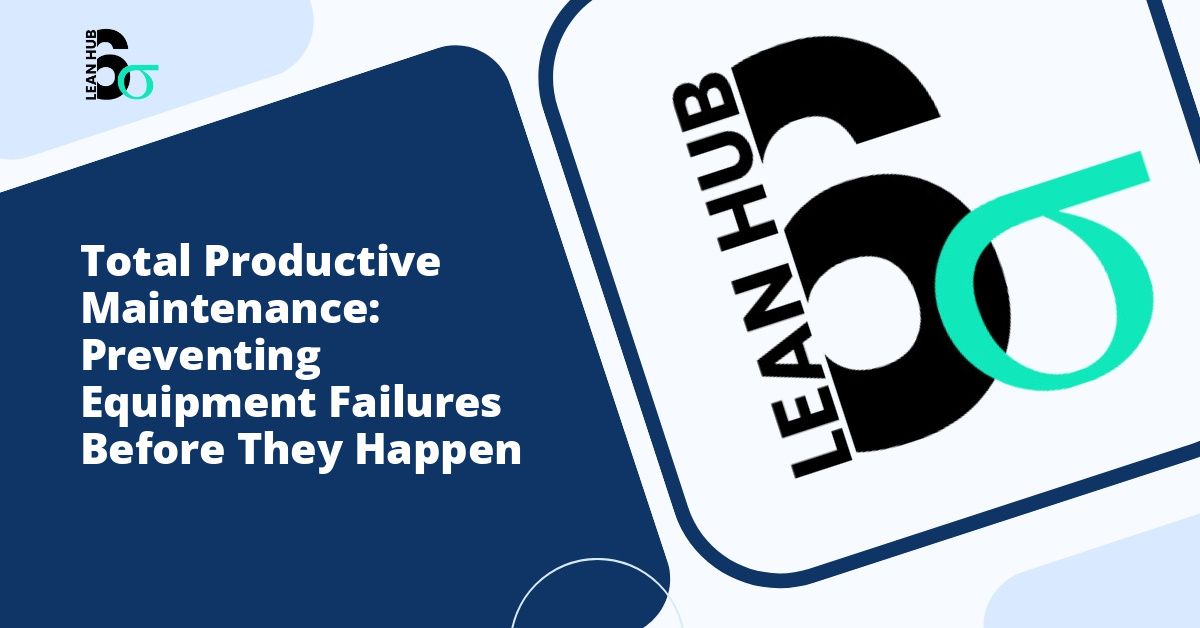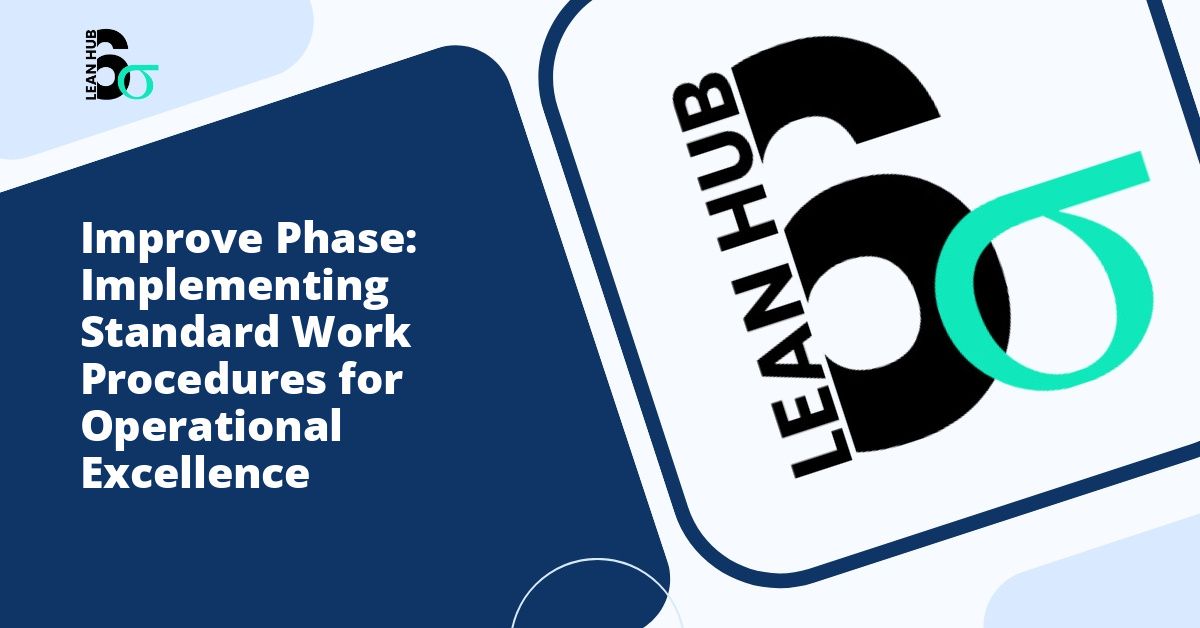In modern manufacturing and production environments, equipment downtime can cost organizations thousands of dollars per hour in lost productivity, delayed deliveries, and frustrated customers. Total Productive Maintenance (TPM) offers a proactive approach to equipment management that shifts the focus from reactive repairs to preventive care, ensuring machinery operates at peak efficiency and reliability.
Understanding Total Productive Maintenance
Total Productive Maintenance is a comprehensive system that empowers all employees, from the shop floor to management, to take responsibility for equipment maintenance and reliability. Unlike traditional maintenance approaches where specialized technicians handle all repairs and upkeep, TPM distributes maintenance responsibilities across the entire organization, creating a culture of ownership and continuous improvement. You might also enjoy reading about Constraint Management: Improving Bottleneck Performance in Your Organization.
The fundamental philosophy behind TPM is simple yet powerful: prevent equipment failures before they occur rather than responding to breakdowns after they happen. This proactive stance minimizes unplanned downtime, extends equipment lifespan, improves product quality, and enhances workplace safety. You might also enjoy reading about Visual Management in Improve Phase: Making Process Performance Visible for Lasting Results.
The Eight Pillars of Total Productive Maintenance
TPM rests on eight foundational pillars that work together to create a robust maintenance system: You might also enjoy reading about Kaizen Events for Rapid Improvement: Planning and Executing Quick Wins in Your Organization.
1. Autonomous Maintenance
Autonomous maintenance transfers basic maintenance responsibilities to equipment operators. Machine operators learn to clean, inspect, lubricate, and perform minor adjustments on their equipment. This hands-on involvement helps operators develop intimate knowledge of their machines, enabling them to detect abnormalities early and prevent minor issues from escalating into major failures.
2. Focused Improvement
This pillar involves small, cross-functional teams working together to eliminate losses and improve equipment effectiveness systematically. Teams analyze recurring problems, identify root causes, and implement targeted solutions that deliver measurable improvements in productivity, quality, and safety.
3. Planned Maintenance
Planned maintenance creates scheduled maintenance activities based on equipment condition, performance data, and manufacturer recommendations. By maintaining detailed records and analyzing failure patterns, organizations can transition from time-based maintenance schedules to condition-based approaches that optimize maintenance timing and resource allocation.
4. Quality Maintenance
Quality maintenance focuses on preventing defects by maintaining equipment in optimal condition. This pillar recognizes the direct connection between equipment health and product quality, emphasizing the importance of precise calibration, proper setup procedures, and regular equipment validation.
5. Early Equipment Management
This pillar applies lessons learned from existing equipment to new purchases and installations. By incorporating maintainability, operability, and reliability considerations during equipment design and procurement phases, organizations can avoid repeating past mistakes and reduce the time needed to achieve stable production with new machinery.
6. Training and Education
Effective TPM implementation requires comprehensive training programs that develop employee skills in equipment operation, basic maintenance, problem-solving, and continuous improvement methodologies. Well-trained employees become more confident, capable, and committed to maintaining equipment excellence.
7. Safety, Health, and Environment
Creating a safe, healthy work environment free from accidents and environmental incidents is essential for sustainable TPM success. This pillar integrates safety considerations into all maintenance activities and equipment improvements, ensuring that productivity gains never come at the expense of employee wellbeing.
8. Administrative and Office TPM
TPM principles extend beyond the production floor to administrative processes and office functions. By eliminating waste, standardizing procedures, and improving efficiency in administrative activities, organizations create comprehensive operational excellence throughout the entire enterprise.
Connecting TPM with Lean Six Sigma
Total Productive Maintenance aligns naturally with lean six sigma methodologies, creating powerful synergies for organizations pursuing operational excellence. Both approaches share common goals of eliminating waste, reducing variation, and continuously improving processes. When integrated effectively, TPM provides the equipment reliability foundation that enables lean six sigma initiatives to deliver sustainable results.
The recognize phase of improvement initiatives plays a crucial role in successful TPM implementation. During this initial stage, organizations must recognize and acknowledge current equipment performance gaps, maintenance challenges, and opportunities for improvement. This recognition phase requires honest assessment of existing practices, measurement of baseline performance metrics, and identification of priority areas requiring attention.
In the context of lean six sigma projects, the recognize phase helps teams understand how equipment reliability impacts overall process capability and customer satisfaction. Teams learn to identify the vital few equipment issues that drive the majority of quality problems, downtime, and productivity losses. This focused recognition enables more effective resource allocation and faster achievement of improvement goals.
Measuring TPM Effectiveness
Organizations implementing TPM must establish clear metrics to track progress and demonstrate value. The most important measurement in TPM is Overall Equipment Effectiveness (OEE), which combines three critical factors:
- Availability: The percentage of scheduled time that equipment is available for production, accounting for unplanned downtime and changeover losses
- Performance: The speed at which equipment operates compared to its designed capacity, reflecting minor stops and speed losses
- Quality: The proportion of good products produced, excluding defects and rework
World-class manufacturers typically achieve OEE scores above 85%, while many organizations starting their TPM journey discover OEE levels between 40% and 60%. This measurement provides objective evidence of improvement opportunities and helps prioritize TPM efforts where they will deliver maximum impact.
Implementing Total Productive Maintenance Successfully
Successful TPM implementation requires careful planning, committed leadership, and patient persistence. Organizations should follow these key steps:
Build Leadership Commitment
Top management must visibly support TPM initiatives through resource allocation, personal involvement, and consistent messaging about the importance of equipment reliability. Without strong leadership commitment, TPM efforts often lose momentum when competing priorities arise.
Start with Pilot Projects
Rather than attempting organization-wide implementation immediately, begin with carefully selected pilot equipment or production lines. Successful pilots demonstrate TPM benefits, develop internal expertise, and build organizational confidence before broader rollout.
Develop Competency Systematically
Create structured training programs that progressively build employee capabilities in equipment knowledge, maintenance skills, and problem-solving techniques. Competency development should follow defined learning paths with practical application opportunities and skill verification.
Standardize and Document
Develop clear standards for cleaning, inspection, lubrication, and maintenance procedures. Visual management tools, one-point lessons, and standard work documents help sustain improvements and facilitate knowledge transfer across shifts and departments.
Celebrate Progress and Share Results
Regularly communicate TPM achievements throughout the organization. Recognition of team accomplishments reinforces desired behaviors and maintains enthusiasm for continuous improvement. Sharing lessons learned helps accelerate improvement across multiple areas.
Common Challenges and How to Overcome Them
Organizations implementing TPM often encounter resistance from employees who question why operators should perform maintenance tasks traditionally handled by specialists. Address this concern through clear communication about how autonomous maintenance focuses on basic care activities while specialized technicians concentrate on more complex repairs and improvements.
Another common challenge involves sustaining initial improvements over time. Combat improvement decay by establishing regular audits, refresher training, and management reviews that hold teams accountable for maintaining standards and continuing their improvement journey.
The Future of Total Productive Maintenance
Emerging technologies are transforming TPM practices through predictive analytics, Internet of Things sensors, and artificial intelligence. Modern condition monitoring systems continuously collect equipment data, identifying subtle performance changes that indicate impending failures. These technologies enhance human judgment rather than replacing it, enabling maintenance teams to intervene precisely when needed.
Despite technological advances, the human element remains central to TPM success. Engaged employees who feel ownership for equipment performance will always be the foundation of reliable, efficient operations. Technology simply provides better tools for these committed individuals to achieve excellence.
Conclusion
Total Productive Maintenance represents a fundamental shift in how organizations approach equipment management. By preventing failures before they occur, distributing maintenance responsibilities throughout the workforce, and continuously improving equipment effectiveness, TPM delivers substantial benefits in productivity, quality, safety, and cost performance. Organizations that successfully implement TPM create competitive advantages through superior equipment reliability and operational excellence that competitors struggle to match.








